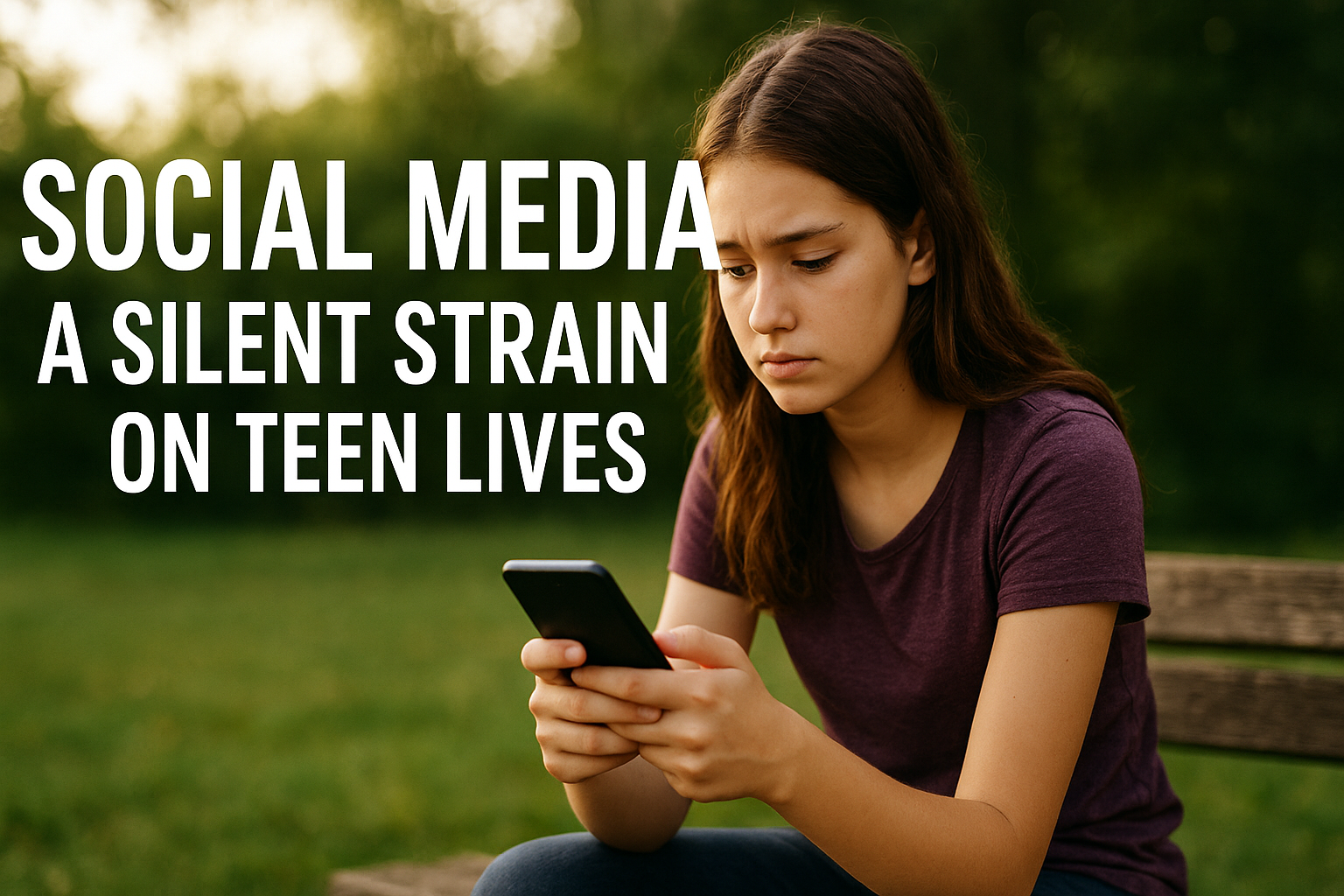Career Focus
Portfolio Power: Invest In Yourself
- Do you want to learn how to use a portfolio at a job interview or performance review?
- Do you want to find out how a portfolio can help to describe your accomplishments?
- Do you want to grab the attention of an employer at an interview?
If you answered “yes” to any of these questions, it might be time to consider creating a traditional portfolio, or online portfolio, that represents your professional life.
There are various types of portfolios yet only one that you would show to your boss at a performance review or to potential employers at a job interview. For example, there is the “Personal Master Career Portfolio” that you would never show anyone. It is simply an organized way of keeping track of your accomplishments during your working life. There is also a “financial portfolio” which is confidential and one that you might not even want to think about on a regular basis unless you are near to retirement.
The portfolio to consider is the “Targeted Career Portfolio” which is a professional scrapbook and collection of documents to showcase your work story. It can be a traditional style using a 3-ring binder or artist presentation case, with a maximum of 25 sheet protectors for your documents, or an online version including a blog or website.
A portfolio is just one of several selfpromotional essentials. There is the resume, cover letter, reference list, business cards, LinkedIn Profile, and interview outfit that reflects your image and communication style, and a portfolio to help answer questions at an interview or performance review. A portfolio provides accountability and demonstrates a professional responsibility to your present or past employers, volunteer work and education. It is the paper evidence that connects to the statement “If it isn’t in writing, it never happened.”
To create a traditional portfolio you will need to select a presentation folder or binder, sheet protectors and divider tabs or pages if you want to show that you are very organized. The materials you collect and assemble should be items for specific goals. For example, your portfolio for a performance review will be different from a portfolio for a volunteer job, or educational program or new employment.
Examples of materials to include in your portfolio are:
- Cover page: with your name and date
- Table of Contents
- Copies of Resume
- Reference List
- Letters of Reference
- Thank you Letters or Emails
- Copies of Degrees, Diplomas and Certificates
- Certificates of Accomplishment
- List of Awards
- Work Samples that represent meeting deadlines, contributions to staff development and commitment to life-long learning.
- Professional Association Achievements
- Outline of Upcoming Educational Programs
Once you have created your portfolio, when do you use it? At a job interview, it is a judgment decision that you alone have to make. For example, at an appropriate question, you can present your portfolio to highlight your accomplishments and skills while you are answering the question. Portfolios can score points yet not everyone will be as excited as you are about it so be careful about how you introduce it. Try to read the situation and if the learning style of the interviewer is visual, it might be worthwhile to use. If the interviewer has an auditory learning style, it might be wise to just keep it in your briefcase.
If you are in doubt about using a portfolio, at a job interview or performance review, try critiquing your portfolio by asking yourself:
- Why are you creating this portfolio?
- Is the content appropriate and is there too much or too little detail? • Is the portfolio self-explanatory?
- Is the design suitable?
- Have you proofread your portfolio?
- Are there spelling or grammar errors?
Change your portfolio as you change, and select items that illustrate accuracy, knowledge, career advancement and resourcefulness.
In summary, a portfolio can help you think about who you are. When you sequence your materials, you think more broadly about your collection of talents, and this analysis can always help you to improve your interview skills. Interviews and performance reviews are teaching and learning experiences. By using a portfolio, you get to be the teacher, while your employer is the student as you describe the skills and abilities that comprise your career.
If you want to find out more about how to invest in yourself by creating a portfolio, or other job search essentials, contact the Centre for Education & Training Employment Services (www.tcet.com). Challenge yourself to discuss your career planning and job search ideas with specialists who want to help you achieve career success.
Lisa Trudel is a Career Specialist with the Centre for Education & Training. She works at their Toronto Parliament Services location and can be contacted at: ltrudel@tcet.com We value your opinion. Please let us know what you think about this column. Send comments to learningcurves@hotmail.com.




